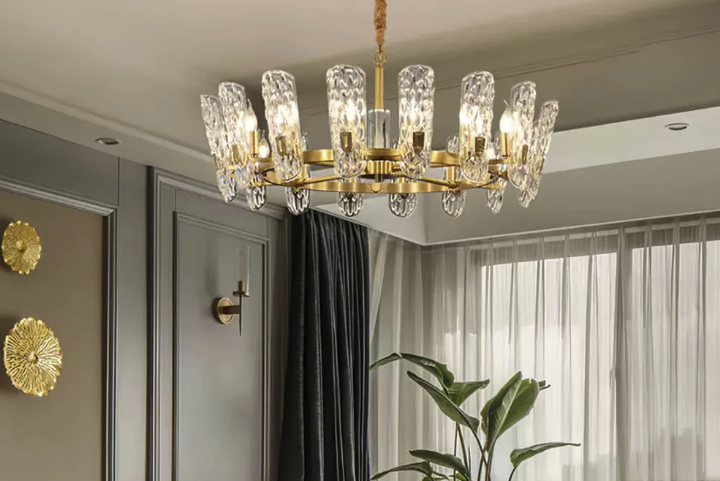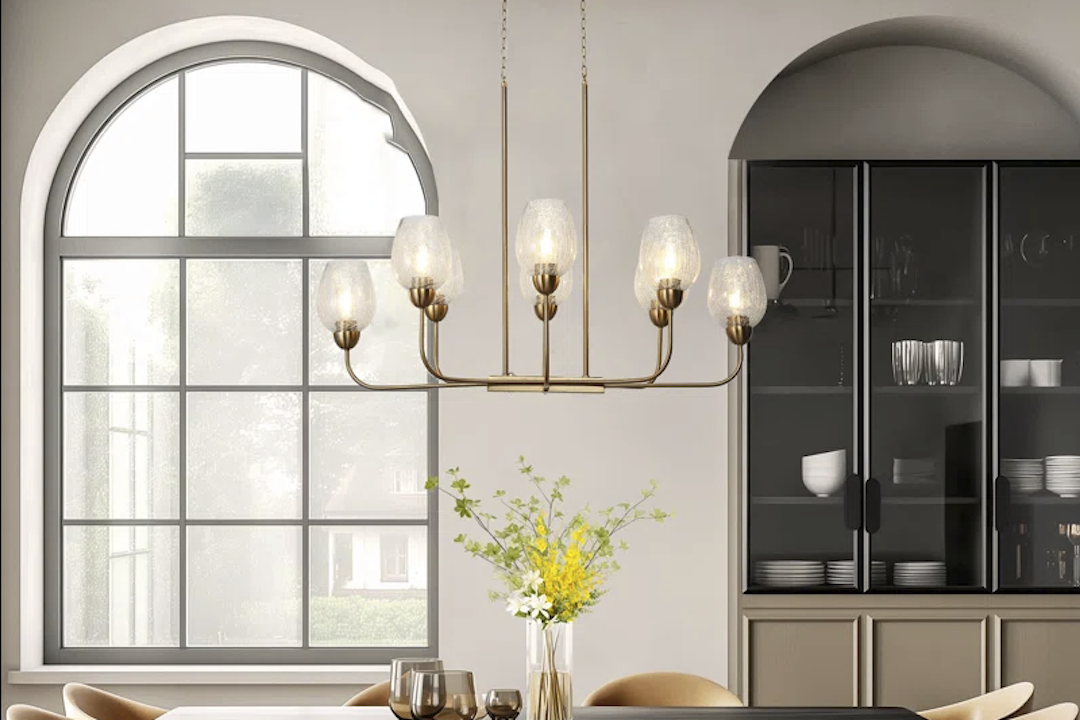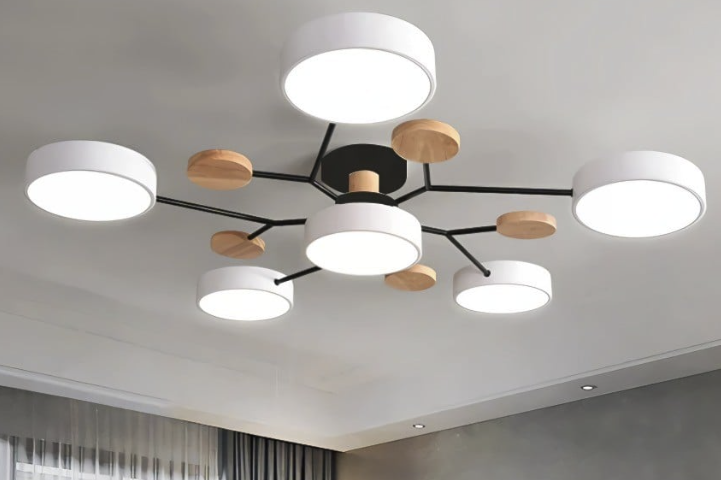Introduction
Natural light is essential to our well-being, but when it comes to getting work done, that won’t always cut it. That’s where wall-mounted task lights come in. These fixtures are specifically designed to focus light where you need it most, and can make a world of difference when it comes to productivity.
In this article, we’ll explore the benefits of wall-mounted task lights, as well as how to choose the right one for your needs.
The Benefits of Wall-Mounted Task Lights
From reducing eye strain to improving concentration, there are numerous benefits to using a wall-mounted task light in your workspace. Let’s take a closer look:
Reduced Eye Strain
One of the biggest advantages of a task light is that it can help reduce eye strain. When working on a computer or reading for long periods of time, our eyes can easily become fatigued. A task light can provide additional illumination to help ease the strain, thus reducing the risk of headaches, eye dryness, and other issues.
Improved Concentration
Another benefit of task lights is that they can help improve concentration. When we work in dim lighting, it can be difficult to focus and stay alert. A task light can help combat this by providing bright, clear light that keeps the mind engaged and focused.
Enhanced Productivity
Lastly, a wall-mounted task light can help enhance overall productivity. By providing ample light in the areas you need it most, you can work more efficiently and effectively. Plus, with better concentration and reduced eye strain, you’ll be able to power through work with ease.
Choosing the Right Wall-Mounted Task Light
Now that we’ve explored the benefits of task lights, it’s time to choose the right one for your needs. Here are some factors to consider:
Light Output
Firstly, you’ll want to consider the light output of the fixture. How much light do you need for your specific task? Look for a fixture with adjustable light output, so you can customize it as needed.
Color Temperature
Color temperature is another important factor to keep in mind. The ideal temperature will depend on your workspace and the type of work you’re doing. Generally speaking, a temperature of 2700-3000K is best for warmer, more welcoming environments, while 5000-6500K is ideal for workspaces that require a cooler, more clinical feel.
Style and Design
Finally, consider the style and design of the fixture. You want something that will blend in nicely with your existing décor, but also something that’s functional and easy to adjust. Look for a fixture with a flexible arm or head, so you can position the light exactly where you need it.



